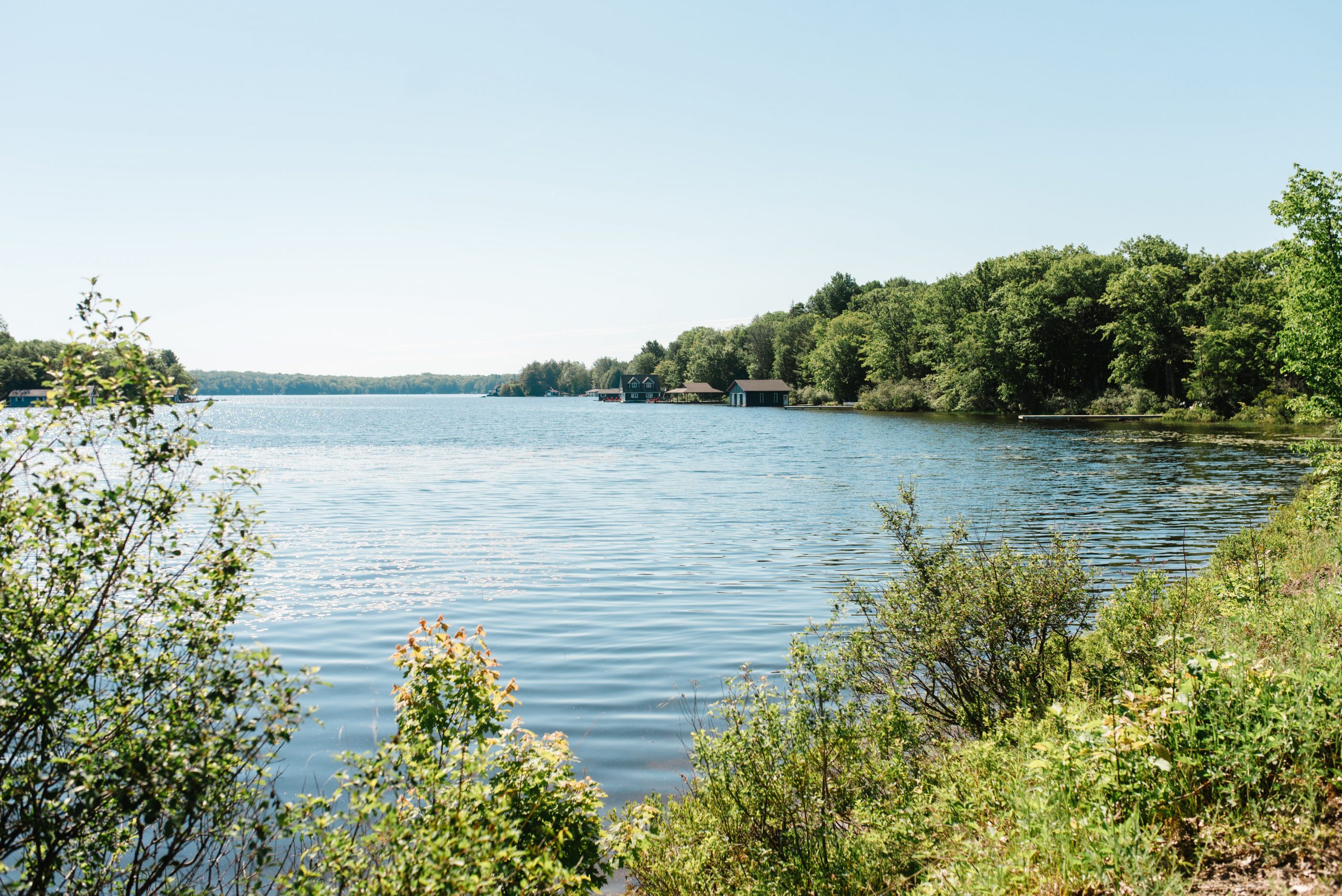At GreeneStone we encourage an abstinence-based lifestyle but we recognize that each individuals journey is different; we aim to embrace the desires and needs of each person which includes meeting all of our clients where they are at. With the recent legalization of Cannabis in 2018, it’s important to draw light to harm reduction, especially in regards to substances that are legal in Canada. Harm reduction is an approach used to reduce the harms associated with drug use for those who are not prepared to discontinue their use of substances. The goal is to find the safest way to continue use that will result in the least amount of health and social impacts.
The following is a list of 10 guidelines of Lower Risk Cannabis Use developed by the Canadian Research Initiative in Substance Misuse and funded by the Canadian Institutes of Health Research.
- Abstinence is the only way to ensure you do not experience any impacts of cannabis use: all substances, if misused, can lead to health, social, financial, and possibly legal consequences. The only way to completely avoid the risks associated with cannabis and other drugs is to not use them.
- Delay cannabis use for as long as possible: as our brains continue to develop into early adulthood, using cannabis at a young age increases all associated risks, especially in those younger than 16.
- Use products with lower amounts of THC: products with higher amounts of THC (tetrahydrocannabinol) are more likely to cause dependence and/or mental health issues. Choose products lower in THC and higher CBD (cannabidiol). CBD products have been linked to support pain and anxiety relief, speak to a health care profession for more information.
- Do not use synthetic cannabis products: these products are dangerous and can lead to serious health complications including seizure and death (example: K2, spice).
- Avoid smoking cannabis: smoking anything can increase negative health impacts on our lungs. If engaging in cannabis use, safer use methods include vaping and edibles.
- If smoking, avoid inhaling deeply: deeply inhaling smoked products and holding the breath can put us at increased risk for absorption of chemicals and the development of lung problems.
- Limit the frequency of your use: using cannabis frequently will increase the likelihood of developing a dependence or experiencing negative consequences. Limit your use to 1-2 times weekly.
- Do not drive or operate heavy machinery: cannabis impairs our judgement and reaction time; the effects of cannabis use can last 6+ hours. When combined with alcohol, impairment will increase. It is illegal to drive a vehicle while impaired by cannabis.
- Avoid use if you have a personal or family history of mental illness and/or addiction, or if you are pregnant: users who identify with the above are at increased likelihood of experiencing risks associated with cannabis use.
- Avoid combining any of the above-mentioned factors: the purpose of these guidelines is to reduce the risk of harm associated with cannabis use. The most risks you take, the greater chance you have of experiencing negative impacts.
Cannabis Use Guidelines
Please take note that these guidelines have been developed for recreational use of cannabis and do not apply to cannabis use for medical purposes. If you are concerned about your medical cannabis consumption, please connect with your prescribing doctor. If you have concerns regarding your recreational use of cannabis, please call GreeneStone Muskoka at (705)762-5501 to speak with one of our intake workers on the supports available to you.


